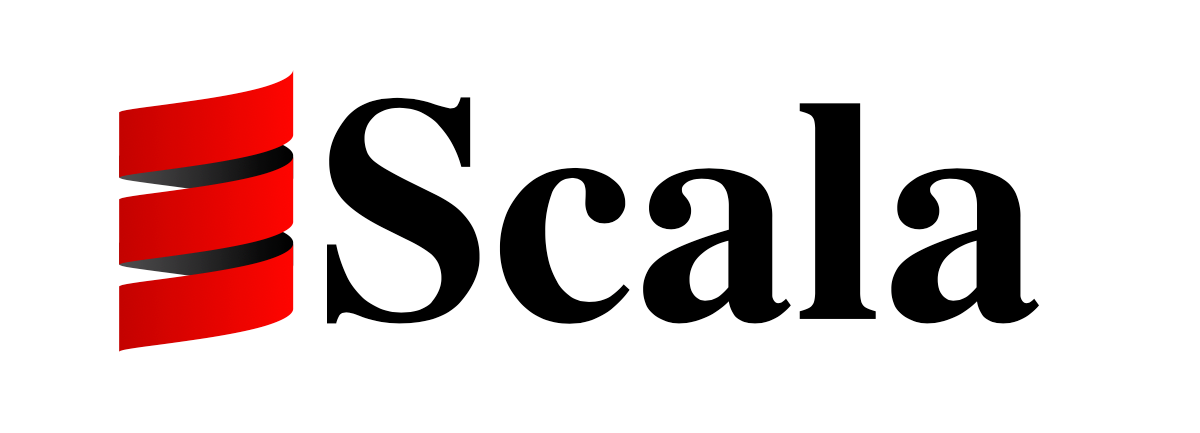
circeを使ってJSONとScalaクラスを相互変換する
はい、どーも!CX事業本部の吉田です。
今回は、ScalaでJSONのパースなどによく使われるcirceの使い方をまとめてみました。
circeを使うことで、ScalaのクラスをJSONで出力したり、逆にJSONをパースしてScalaクラスにマッピングする、といったことが簡単にできるようになります。
クラスをJSONにする
まずは単純にScalaのクラスをJSONに出力してみます。次のようにケースクラスと、そのコンパニオンオブジェクトを準備します。
import io.circe.{Encoder}
import io.circe.generic.semiauto._
final case class Person(name: String, email: String)
object Person {
implicit val encoder: Encoder[Person] = deriveEncoder
}
クラスをJSONに出力(ここではエンコード)するには、コンパニオンオブジェクト内でエンコーダーをimplicitで準備しておきます。
deriveEncoder は io.circe.generic.semiauto にあり、これを使うことで対象のクラスをええ感じにJSONにエンコードしてくれます。
実際にJSONにするには
import io.circe.syntax._
val person = Person("John Doe", "[email protected]")
println(person.asJson)
としてやります。ここで io.circe.syntax._ をimportするのを忘れると asJson メソッドが生えないので注意です。
JSONをパースしてクラスにマッピングする
今度は逆にJSONをパースし、これをクラスにマッピングしてみます。
先程はエンコーダーをimplicitで準備しましたが、今度はデコーダーをコンパニオンオブジェクトに準備します。
object Person {
implicit val encoder: Encoder[Person] = deriveEncoder
implicit val decoder: Decoder[Person] = deriveDecoder // <-これを追加
}
デコーダーでも、エンコーダーのときと同じように deriveDecoder を使って、JSONをええ感じにパースしてもらいます。
では実際にJSONをパースしてみましょう。
import io.circe.parser._
val json =
"""
|{
| "name": "John Doe",
| "email": "[email protected]"
|}
""".stripMargin
decode[Person](json) match {
case Right(person) => println(person)
case Left(error) => println(error)
}
io.circe.parser._ にある decode を使ってJSONをパースします。decodeメソッドはEitherを返すので、これをパターンマッチして、成功時or失敗時で分けて処理できます。
エンコーダーを実装してJSONに出力する
次に、クラスをJSONに出力するときにJSONのフィールド名を変えたいとします。例えばクラス上では email となっている項目を、JSONでは mail_address にしたいときなどです。
この場合は deriveEncoder が使えないので、自前でEncoderを実装してやります。
import io.circe.Json._
object Person {
// implicit val encoder: Encoder[Person] = deriveEncoder
implicit val encoder: Encoder[Person] = (p: Person) => {
obj(
"name" -> fromString(p.name),
"mail_address" -> fromString(p.email)
)
}
io.circe.Json._ にある obj を使い、引数のPersonを使ってJSONを組み立てる感じですね。
デコーダーを実装してクラスにマッピングする
先のようにエンコーダーを実装した結果、JSONは以下のように出力されます。
{
"name" : "John Doe",
"mail_address" : "[email protected]"
}
現状では、これをそのままパースしてPersonクラスにマッピングすることはできません。パースできるようにするためには同じくDecoderを自前で実装してやります。
コンパニオンオブジェクトに、以下のようにDecoderを実装します。
// implicit val decoder: Decoder[Person] = deriveDecoder
implicit val decoder: Decoder[Person] = (c: HCursor) => {
for {
name <- c.downField("name").as[String]
email <- c.downField("mail_address").as[String]
} yield Person(name, email)
}
HCursor#downField でJSONの対象の値が取得できるので、これをfor内包記法で各値を取り出し、yieldでPersonクラスに設定してやります。
また、これを少し応用してやればJSONの値を結合して、その結果をクラスにマッピングするといったこともできますね。例えば以下のようなJSONがあった場合
{
"first_name" : "John",
"last_name": "Doe",
"mail_address" : "[email protected]"
}
first_name と last_name を結合した結果をPersonのnameにセットしたい場合は、Decoderを
implicit val decoder: Decoder[Person] = (c: HCursor) => {
for {
first_name <- c.downField("first_name").as[String]
last_name <- c.downField("last_name").as[String]
email <- c.downField("mail_address").as[String]
} yield Person(s"${first_name} ${last_name}", email)
}
とすることで、簡単に対応可能です。
キャメルケースとスネークケースを相互変換する
ここで少し話を戻して deriveEncoder と deriveDecoder について。
この2つのエンコーダー&デコーダーは便利なのですが、Scalaクラスの項目名とJSONの項目名が一致している必要があります。
しかし実際には項目名が、Scalaクラスではキャメルケース、JSONはスネークケースといったパターンは多々あると思います。例えば以下のような感じ。
final case class Person(firstName: String, lastName: String, email: String)
{
"first_name" : "John",
"last_name": "Doe",
"mail_address" : "[email protected]"
}
これをいい感じに相互変換するには circe-generic-extras を使うと便利です。
コンパニオンオブジェクトを以下のように修正します。
//import io.circe.generic.semiauto._ <- これをやめる
import io.circe.generic.extras.semiauto._
import io.circe.generic.extras.Configuration
object Person {
implicit val encoder: Encoder[Person] = deriveEncoder
implicit val decoder: Decoder[Person] = deriveDecoder
implicit val config: Configuration = Configuration.default.withSnakeCaseMemberNames
}
まずエンコーダーとデコーダーは deriveEncoder と deriveDecoder を使うのですが、これは io.circe.generic.semiauto._ ではなく、 io.circe.generic.extras.semiauto._ にあるものを使います。これを忘れると、ただしく相互変換できません。
次に、キャメルケースとスネークケースで相互変換できるよう、上記のように Configuration をコンパニオンオブジェクトに指定しておきます。
(他に withKebabCaseMemberNames ケバブケース?!といったものがあります)
これだけで、相互変換できるようになるので、大変便利です。
